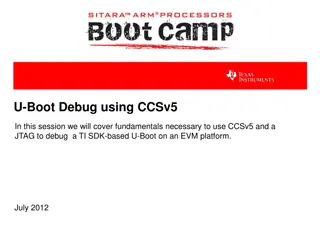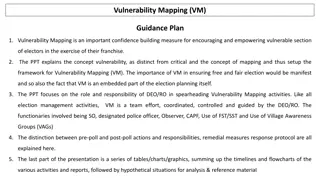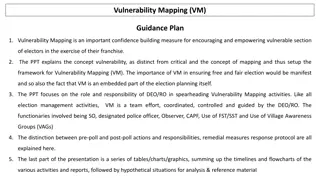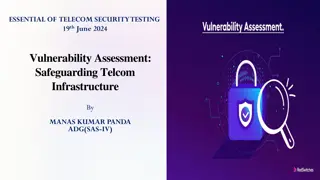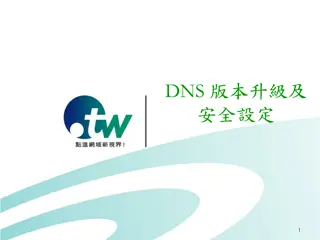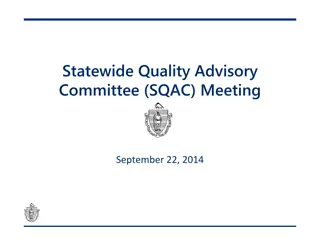Realtek eCOS SDK Vulnerability (CVE-2022-27255) Summary and Defensive Measures
A critical vulnerability (CVE-2022-27255) affecting devices with Realtek RTL819x SoC has been identified, posing risks such as crashing, running arbitrary code, and network manipulation. Steps for detecting, isolating vulnerable devices, and minimizing exposure are crucial to prevent potential attacks. Quick firmware updates, access blocking, and education of users are essential actions in addressing this threat.
Download Presentation

Please find below an Image/Link to download the presentation.
The content on the website is provided AS IS for your information and personal use only. It may not be sold, licensed, or shared on other websites without obtaining consent from the author. Download presentation by click this link. If you encounter any issues during the download, it is possible that the publisher has removed the file from their server.
E N D
Presentation Transcript
CVE-2022-27255 Realtek eCOS SDK Vulnerability Johannes B. Ullrich, Ph.D. jullrich@sans.edu
Summary The vulnerability affects many (millions) of devices built around the RTL819x System on a Chip (SoC). Realtek released a patch in March 2022. But device OEMs need to release updated firmware. No simple way to identify affected devices Exploit is available and difficult to block for many affected devices. Home/SMB routers are the most likely target.
Identifying (Isolate) Vulnerable Devices Devices are vulnerable if they: Use a Realtek RTL819x SOC Enable the VoIP application layer gateway provided by Realtek Scan using one of the available exploits or code derived from them. This should include Work-from-Home users. The scan needs to be coordinated as it may require devices to be rebooted. Test environment needed (but impossible to cover all possible devices)
Defensive Measures, Minimize Exposure Ask users to expedite firmware updates if available. As much as possible, block access to affected devices. Removing access to admin interfaces WILL NOT HELP (but is a good idea for other reasons) Deploy signatures to detect exploit attempts Educate users to note any device outages or instability Take advantage of host-based controls (VPNs) and treat the network as hostile ( zero trust ).
Moving forward Inventory devices and include them in the vulnerability management (even if they are employee-owned) Limit diversity of devices to reduce the complexity of vulnerability management Identify reasonable EOL for devices and replace them in time
Possible Impact The attacker may use this vulnerability to: Crash the device Run arbitrary code on the device Establish backdoors for persistent access Reroute network traffic Intercept network traffic Easy-to-execute exploits are available. If this turns into a worm: It could spread in minutes across the internet (see Witty Worm and SQL Slammer )







